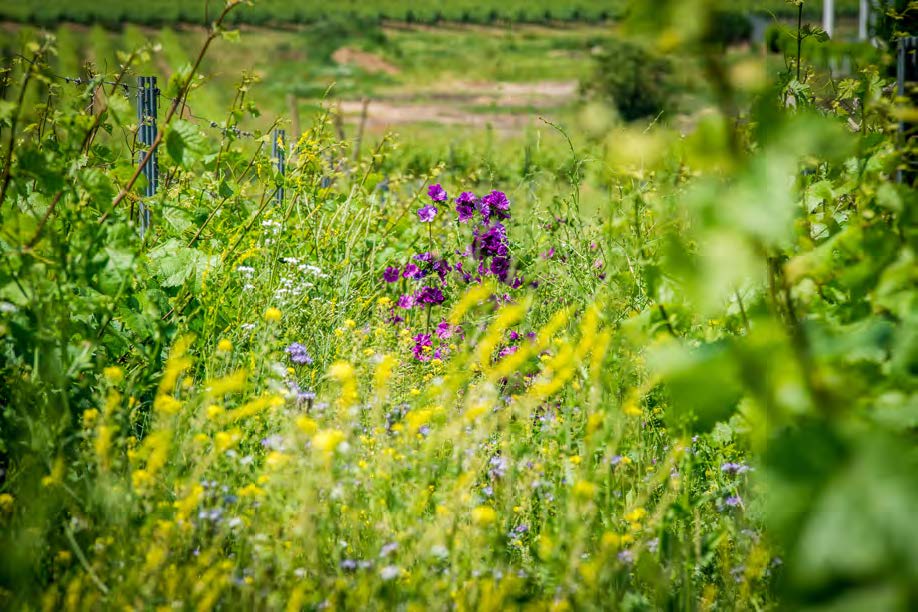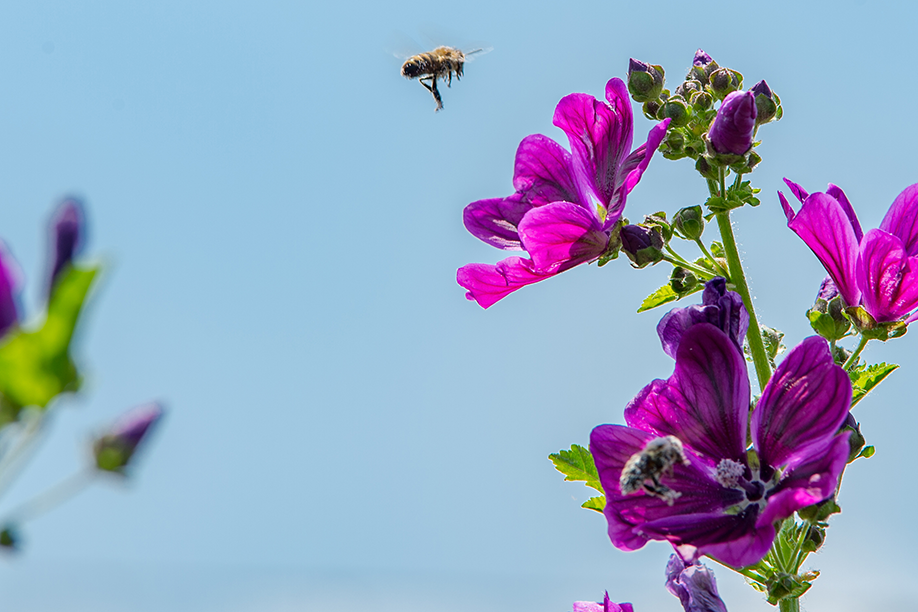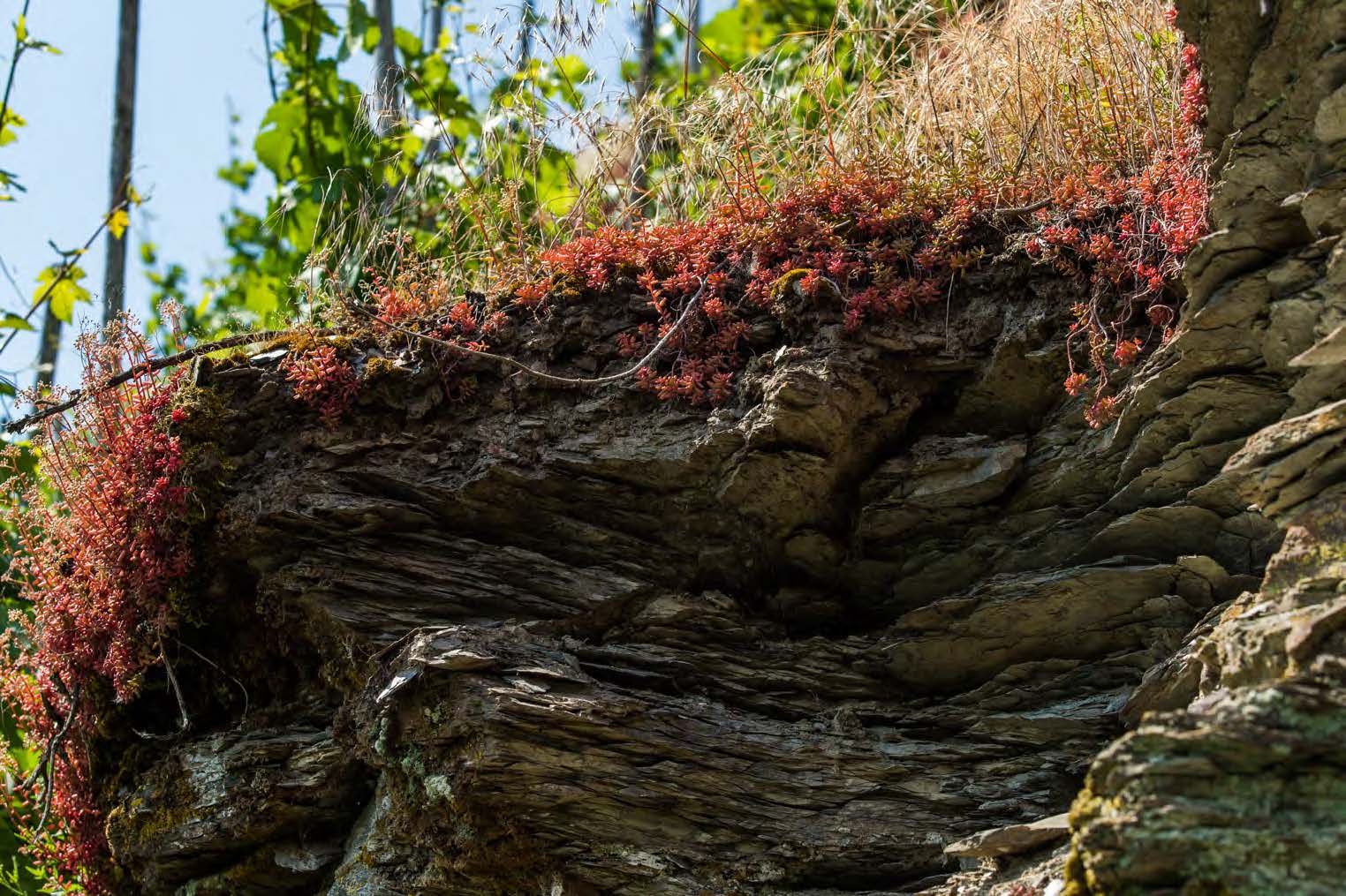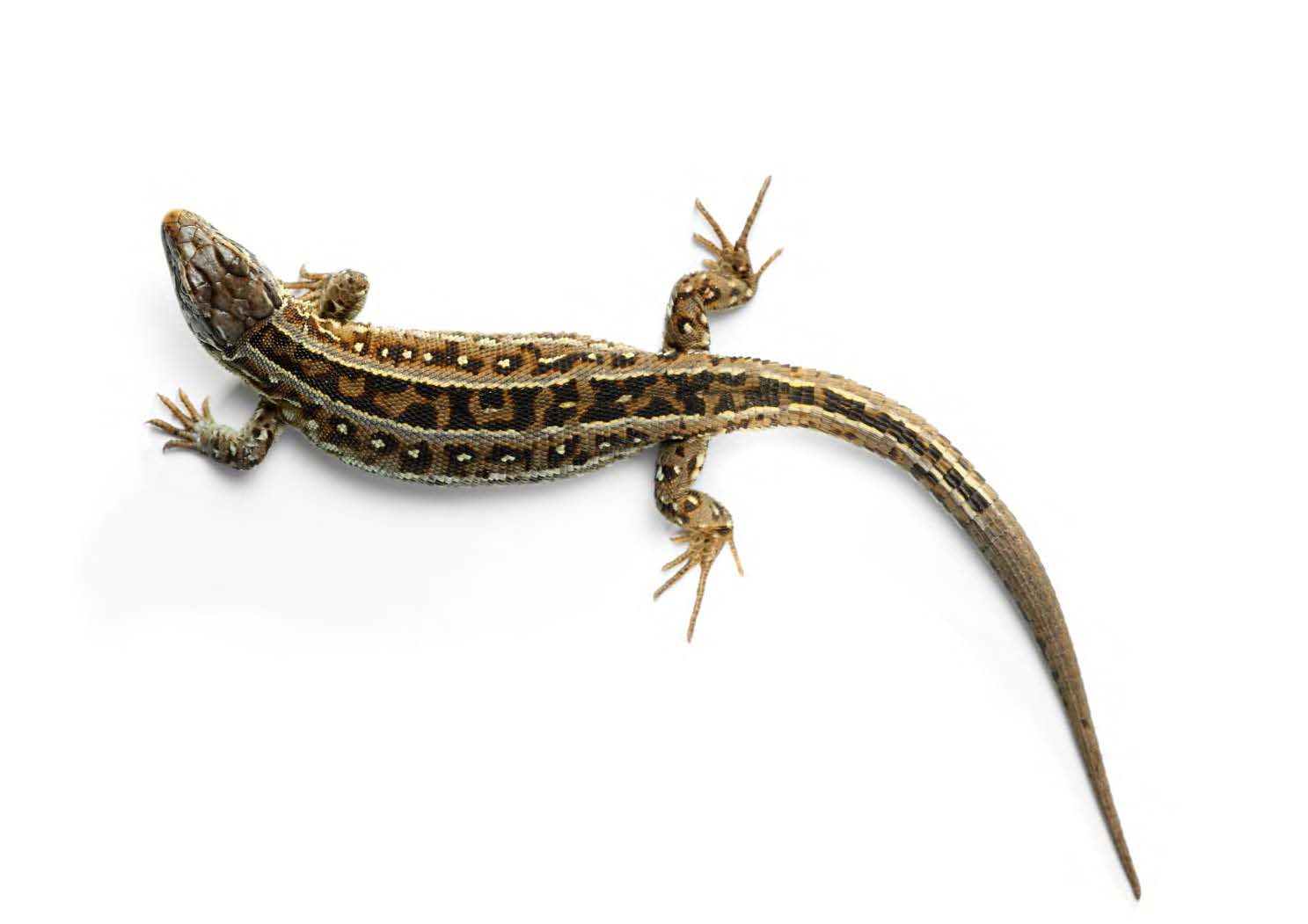VITICULTURE AND NATURE
But not only grapes grow in our vineyards. The 11 hectares of cultivation area are a valuable habitat for bees, insects, and various plants. Only the best grapes in the vineyard enable the best quality in the bottle. For us, this means a lot of challenging manual work in very steep locations.
From soil management to pruning, canopy management to selective harvesting. But the result is worth it. We consciously reduce yields to harvest a maximum of ingredients and exclusively healthy grapes. You can taste this when enjoying our estate, village, and single vineyard wines.

GREENING THE VINEYARDS INCREASES BIODIVERSITY, STRENGTHENS SOIL, AND IMPROVES WATER AND NUTRIENT MANAGEMENT

The limiting factor in viticulture, especially in extremely steep slopes, is increasingly water. Winter precipitation has hardly been supplemented by summer rains in recent years. Water becomes scarce in the midst of the growing season. Moreover, the Ritsch, due to its geological nature, is considered a location of extremes. There are hardly any fine earth components in the widely visible rock structures that could store water. The soil is characterized by slate plates and stones. Since time immemorial, the vines have been forced to fight for water in the depth. This directly shapes the character of the Ritsch: aromatic concentration and endless minerality.



